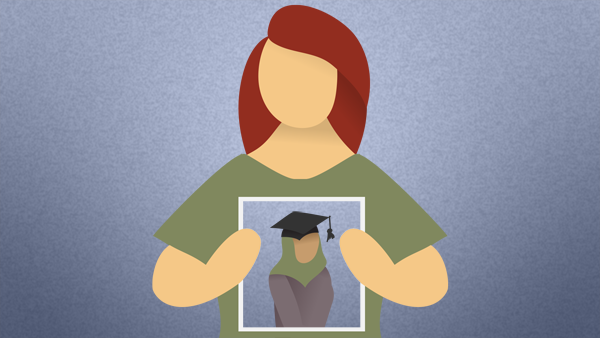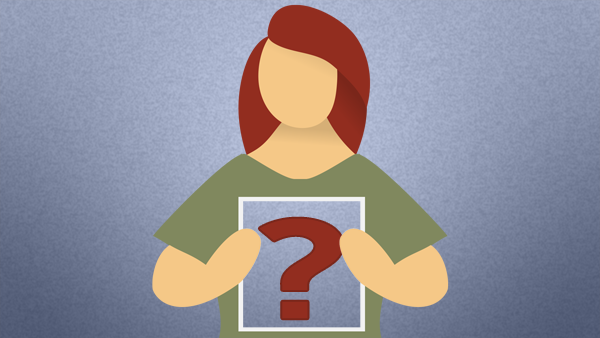Plagiarism
Plagiarism is the presentation of ideas, words or images without acknowledgment.
This means using content that someone else created without making it clear who it came from. In Australian academic circles, it’s not enough to just copy someone's content, you need to include referencing details.

Intentional plagiarism is deliberately using someone else’s ideas, words or images and presenting them as your own. This includes dishonestly using paraphrasing or translation software to change materials without acknowledging the sources. Intentional plagiarism is cheating and has serious consequences.

Using parts of your old assignments in new assignments without referencing is self-plagiarism. If you copy and paste parts of your old assignments, make sure you reference them the same way you would reference any other source.

Accidental plagiarism happens when you do not reference citations correctly in an assignment. This usually happens when students haven't carefully noted citations and sources as they work. Even if you are quoting someone directly, you must include a citation.
Turnitin
RMIT uses a plagiarism detection tool called Turnitin for all written material. If you have plagiarised in your work, it will be detected.
Play the video to learn how Turnitin works.
Turnitin is text-matching software. It’s used to detect plagiarism in written assignments submitted online.
It scans everything that’s been uploaded for text matches. If something is copied from another source and it’s not cited correctly, it will be detected.
The reason RMIT uses Turnitin is to ensure academic integrity. It’s important that any written work is your own or that you acknowledge that it has come from another source.
Turnitin works by matching the text in assignments against electronic, print and other sources. This includes books and journals, websites, archived materials, and other students’ assignments, from global universities.
It detects incorrect citations and both accidental and intentional plagiarism. Turnitin makes sure that intellectual property is respected.
Turnitin is constantly being updated with new entries. Assignments submitted by you and your classmates are scanned and added to the database.
The similarity score is the percentage of text from your assignment that exactly matches other sources on the Turnitin database.
There are five possible similarity ranges, from 0–100%. The colour of the report icon represents the score.
It’s very unlikely that your report icon will be blue, but don’t panic. The score is just an indication of matching text and will be interpreted by your teacher depending on your discipline and the assignment.
In some courses you may be able to redraft, using the report to see which areas need adjusting.
One way to improve your similarity score is to paraphrase.
Avoid direct quotes unless they are important, for example when quoting literature, law or religious texts.
Citations are critical to the success of your assessment. They validate your work and support your point of view.
There are some great resources on the Learning Lab to help you practice paraphrasing and citing. For more help on using Turnitin go to their website.
When you submit your work to Turnitin, a similarity report will be produced. Your tutor will review this to help them determine if you have referenced everything correctly. See Turnitin - understanding the similarity report.
